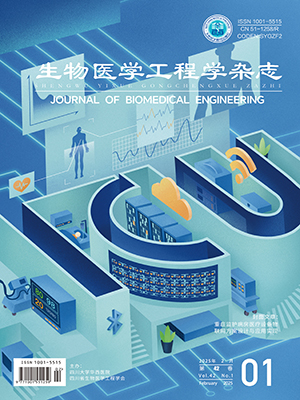Medical studies have found that tumor mutation burden (TMB) is positively correlated with the efficacy of immunotherapy for non-small cell lung cancer (NSCLC), and TMB value can be used to predict the efficacy of targeted therapy and chemotherapy. However, the calculation of TMB value mainly depends on the whole exon sequencing (WES) technology, which usually costs too much time and expenses. To deal with above problem, this paper studies the correlation between TMB and slice images by taking advantage of digital pathological slices commonly used in clinic and then predicts the patient TMB level accordingly. This paper proposes a deep learning model (RCA-MSAG) based on residual coordinate attention (RCA) structure and combined with multi-scale attention guidance (MSAG) module. The model takes ResNet-50 as the basic model and integrates coordinate attention (CA) into bottleneck module to capture the direction-aware and position-sensitive information, which makes the model able to locate and identify the interesting positions more accurately. And then, MSAG module is embedded into the network, which makes the model able to extract the deep features of lung cancer pathological sections and the interactive information between channels. The cancer genome map (TCGA) open dataset is adopted in the experiment, which consists of 200 pathological sections of lung adenocarcinoma, including 80 data samples with high TMB value, 77 data samples with medium TMB value and 43 data samples with low TMB value. Experimental results demonstrate that the accuracy, precision, recall and F1 score of the proposed model are 96.2%, 96.4%, 96.2% and 96.3%, respectively, which are superior to the existing mainstream deep learning models. The model proposed in this paper can promote clinical auxiliary diagnosis and has certain theoretical guiding significance for TMB prediction.
Citation: MENG Xiangfu, YU Chunlin, YANG Xiaolin, YANG Ziyi, LIU Deng. Multi-classification prediction model of lung cancer tumor mutation burden based on residual network. Journal of Biomedical Engineering, 2023, 40(5): 867-875. doi: 10.7507/1001-5515.202304055 Copy
Copyright © the editorial department of Journal of Biomedical Engineering of West China Medical Publisher. All rights reserved




